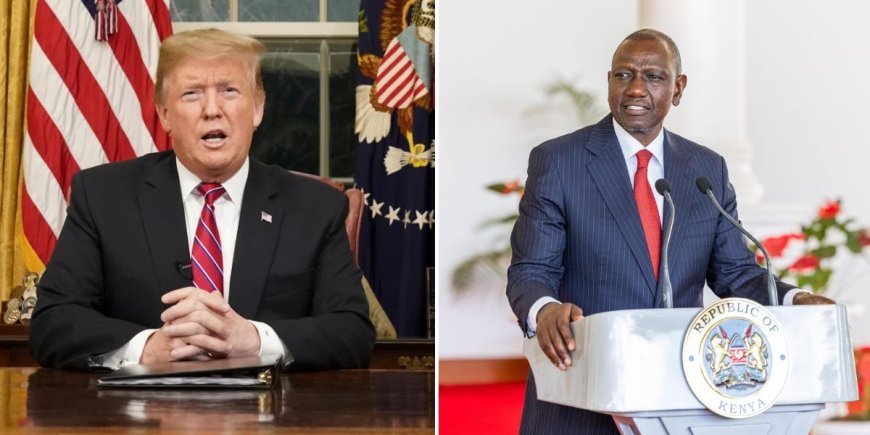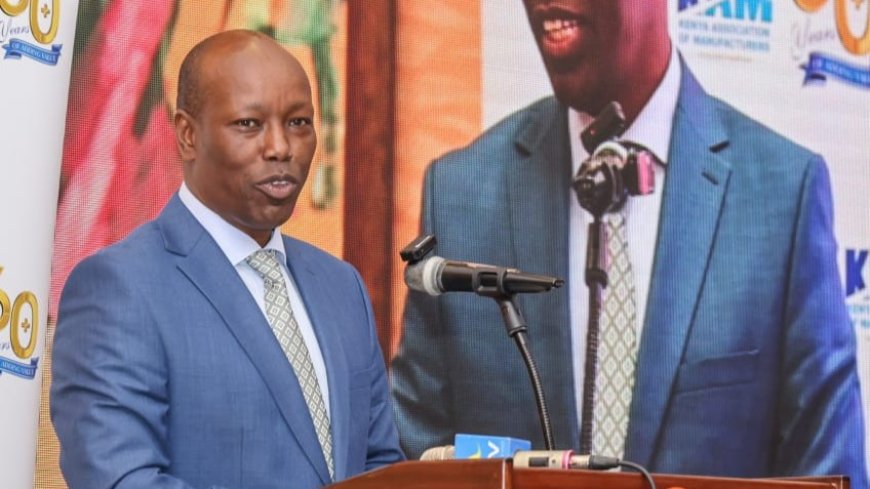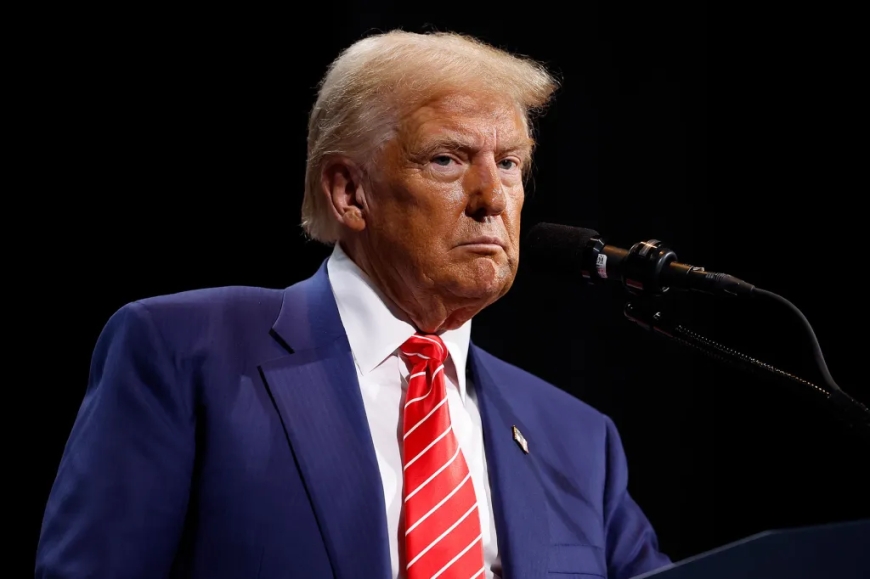Kenya's Plan To Take Advantage Of Trump's Reciprocal Tariffs
The new tariffs are expected to impact Kenyan exports, particularly in key industries like textiles, tea, and coffee

Kenya's Trade, Investment, and Industry Cabinet Secretary, Lee Kinyanjui, on Thursday, April 3, revealed how the country can capitalize on the 10% tariffs imposed on Kenyan exports by the United States government under President Donald Trump.
Trump realised his earlier threat and signed a directive imposing tariffs on nations that levy a Value Added Tax (VAT) on imported American goods, including Kenya, a move that sparked conversation over whether or not he might have started a global trade war.
The new tariffs are expected to impact Kenyan exports, particularly in key industries like textiles, tea, and coffee, which previously enjoyed duty-free access under the African Growth and Opportunity Act (AGOA). This move is likely to result in reduced exports, job losses, and declining revenues for businesses dependent on the U.S. market.
Across Africa, 25 countries will be affected, with Lesotho, Madagascar, Mauritius, Botswana, Angola, Libya, and South Africa bearing the brunt, while Egypt, Morocco, Kenya, Ethiopia, and Ghana will face relatively lesser impact.

Trade Cabinet Secretary Lee Kinyanjui speaking at the launch of the 2025 Manufacturing Priority Agenda by Kenya Association of Manufacturers (KAM) on March 27, 2025. /LEE KINYANJUI
In a statement, CS Kinyanjui noted that the US's new tariff policy presents both challenges and opportunities for Kenya.
Accoding to the CS, "While Kenyan exports to the U.S will now face a 10% tariff, this is significantly lower than the rates imposed on key textile-exporting competitors like Vietnam (46%), Sri Lanka (44%), Bangladesh (37%), China (34%), Pakistan (29%) and India (26%)."
He then listed down opportunities for Kenya with the new tariff shift, including:
- Competitive edge in textiles: With other textile-exporting countries. facing much higher tariffs, Kenya could position itself as an alternative sourcing hub for U.S buyers. CS Kinyanjui outlines that this presents an opportunity for investment in local textile production and value addition, which could attract businesses seeking to avoid higher costs from traditional suppliers.
- New manufacturing potential: "There is a great opportunity to diversify exports beyond our current exports. Kenya can explore opportunities to process and manufacture goods that are now more expensive from countries with higher tariffs," he continued, adding that industries such as apparel, leather, and agro-processing could benefit from increased demand.
- Government support for export growth: CS Kinyanjui disclosed that the Ministry of Investments, Trade and Industry (MITI) and the Ministry of Foreign Affairs (MFA) are already working on a plan to enhance Kenya's exports. "MITI is also working with stakeholders to identify key products and encourage investment in targeted sectors to maximize the benefits of this tariff shift," he continued.
However, the former governor for Nakuru County acknowledged the major challenge posed by the U.S reciprocal tariff, being the increased costs for Kenyan exports.
"While the 10% tariff is lower than the competitors' tariffs, it still raises costs for Kenyan businesses exporting to the U.S. Supply chain adjustments will be necessary, such as expanding production to meet new demand. This will require investment in infrastructure, technology, and skills development," he added.
The CS assured Kenyans that the Ministry is committed to managing the transition with Kenya's best interests at heart. He further noted that the government will continue engaging stakeholders, strengthening partnerships, and implementing policies to support sustainable trade growth and economic resilience.
Earlier, Kenya and South Africa responded to Trump's move to slap the two countries with reciprocal tariffs in response to Kenya's 16 percent VAT on U.S. goods and a 30 percent tariff on South African exports due to their 60 percent VAT.







